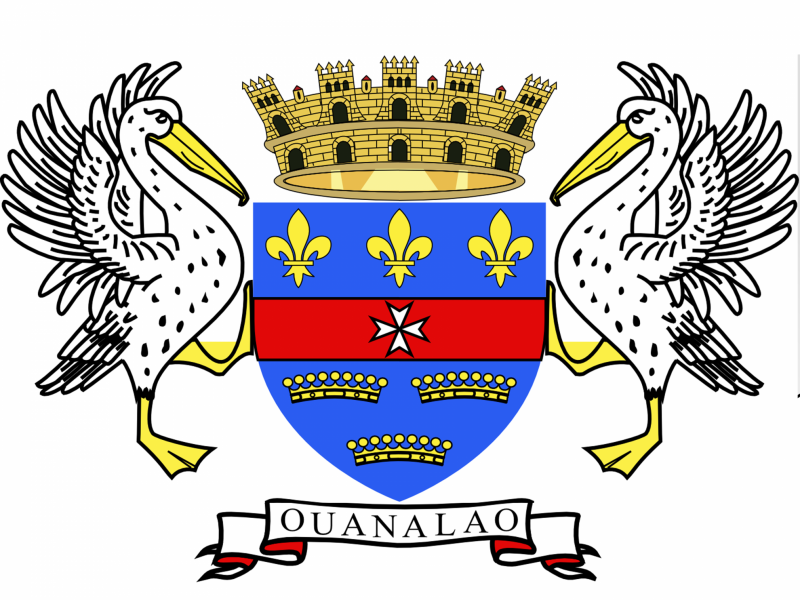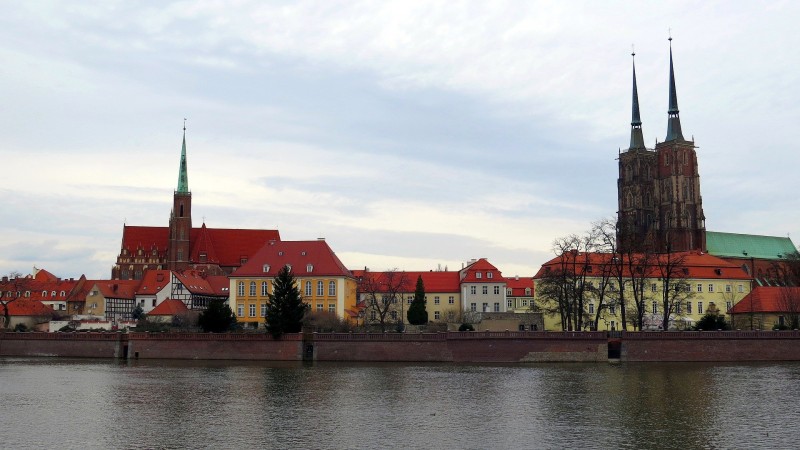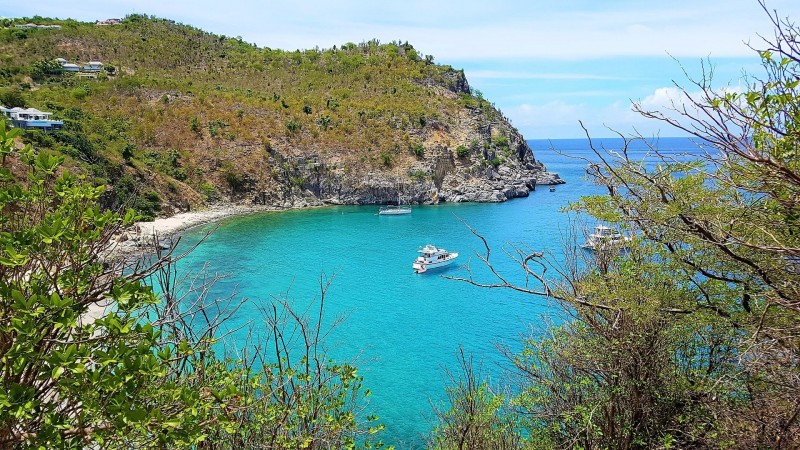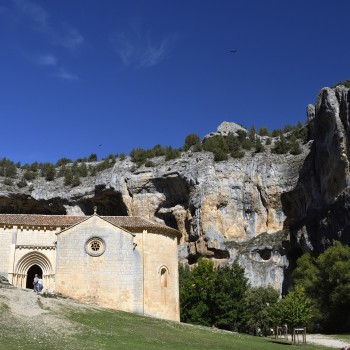Saint Barthelemy
Saint Barthelemy
Capital city description
Red roofed buildings speckle the lush tropical landscape in Gustavia, St. Bart's tiny, relaxed Caribbean capital whose historic sites reach in one day of trekking around town. 17th-century forts line the harbor, from Fort Karl in the north to Fort Gustaf with its lighthouse and cannons in the south. Gustaf is the famous Shell Beach near Fort, where beachcombers rove for sparkling shells. The town's many duty-free boutiques call to shoppers while cozy cafes offer views over the harbor. The city wraps in a U-shape around the harbor, where rustic fishing boats bob beside mega yachts. For beautiful views, visit the ruins of Fort Gustave (the essential St. Barts fort during the Swedish period) or head to the top of the 29-meter hill for vistas of Shell Beach amid the few remaining stone walls of Fort Karl.
You can stroll to Shell Beach from town if you feel like a dip. This lovely little pocket of sand is the perfect place for a picnic, peppered with its namesake feature. Sun loungers and umbrellas line the beach, and you can order snacks and refreshments at one of the restaurants fringing the sand.
Climate
The climate is tropical, hot all year round, with a relatively calm season from December to April, called "the Lent," and a hot and humid season from May to November, called "the Wintering."
Languages spoken
French is the official and widely spoken language of Saint Barthelemy.
Fun/Fascinating Facts
- The flag of St. Barths (besides the French flag colors) is composed of the Lily flower – a reminder that it belongs to France, the Maltese cross-referring to possession by order of Malta, the crown – symbolism of the Swedish period, and lastly, the Pelican as their emblem.
- The biodiversity of St. Barth's and the surrounding islands has 183 different species of fish, 54 varieties of coral, and 60 types of sea sponges.
- St. Barths was initially called “Ouanalao” by the Arawaks (original island inhabitants) in 1493. Columbus discovered St. Barths and named the island after his brother, Bartolomeo.
- French is the official language, but English is widely spoken.
- Despite limited rain in St. Barths, there is still plenty of vegetation. The west coast is drier with shrubs and cacti, and the East coast is greener with more tropical vegetation like floral species which adorn the landscape.
Unique Customs/Traditions
- The people of Saint Barts are conservative and proud of their ancestry. Tradition and culture of St Barts awaken in the incredible moments of family life: birth, baptism, First Communion, engagement, marriage, or funeral.
- When St Barts regained a semblance of everyday life, young men randomly courted young girls under the chaperone’s eye.
- For all the joyous ceremonies accordion took out, the tambourine and the maracas, a little neighborhood ball was improvised where we tasted the traditional “ti-sec,” the roasted pancake, or the potato pudding. The traditional costume reveres the patronal feast and folklore ceremonies—beautiful toilets worn for Sunday masses, romantic weddings, and processions.
- These headdresses are symbols between the carriage and the straw hat at Corossol and Colombier and Panama at Cul de Sac, Marigot, or Vitet. The carriage paved the way to the straw hat. There was also blue fabric for work and black for outings. Used these head covers to protect themselves from the sun and scratches from the wood collected up for the kitchen. Still, they were also beneficial to keep away the few English and Swedish too enterprising, hence the name Quichenotte!
- In general, the mysterious: Marigolds, zombies, ghosts, and other myths of the Antilles have only a weak hold on the culture here. On the other hand, several beliefs show proximity to nature: The song of the gligli announces death as life.
Festivals & Events
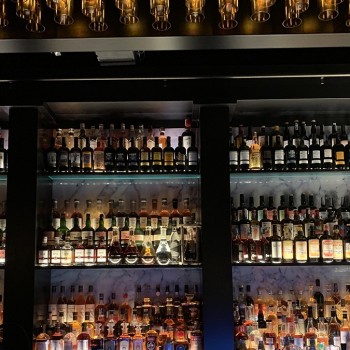
Caribbean Rum Awards
Date: November
Each year, a team of judges from the Caribbean and worldwide descends upon St. Barths to judge a coveted selection of the Caribbean’s best rums, including “Uber-Premium” categories of rum and rhum Agricole that gather the most expensive rums on the market for an unparalleled competition. Hosted in Gustavia, the heart of St. Barths, the Caribbean Rum awards hosts nightly events ranging from tastings to workshops to exclusive gala events.
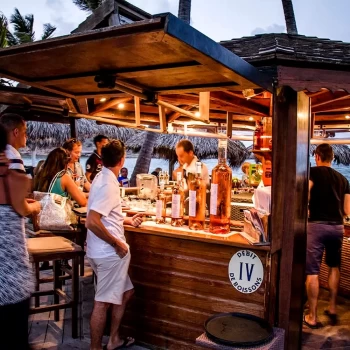
St. Barth Gourmet Festival
Date: November
Consider a fall trip to St. Barths to experience the celebrated St. Barth Gourmet Festival (formerly known as the Taste of St. Barths). Prominent guest chefs worldwide team up with local restaurants for fabulous tasting menus, cook-offs, and friendly competition.

St. Barts Music Festival
Date: January
Since 1985, musicians from all over have come to St. Barts in January to perform live music under the roasting Caribbean sun. Spend a dozen nights with the finest live music and dance performances from some of the world's most prominent classical, opera, ballet, and jazz stars. These performers have the level of artistry that one would generally have to attend Carnegie Hall in New York or the Opera Garnier in Paris to experience. The musicians are soloists and principals from symphony orchestras and Philharmonia from all over: Montreal, Boston, New York, Chicago, Pittsburgh, Los Angeles, Philadelphia, London, Paris, the Juilliard and Curtis schools of music, and many others.
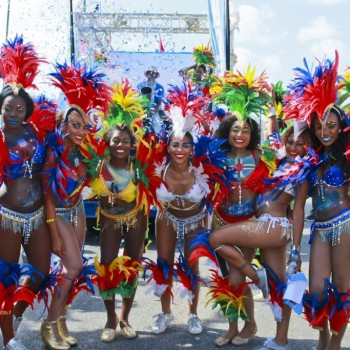
Carinval of St. Barths
Date: March
Costume parade through the streets of Gustavia from 3 pm to 7 pm, and parties in restaurants from lunchtime till midnight. It is preceded earlier in the week by the short but charming "Children's Parade." Ash Wednesday marks the end of Carnaval and the ceremonial burning of a straw statue of Vaval - King of Carnaval. It happens at sunset on Shell Beach and follows the live music and drinks at the restaurant Do Brasil.
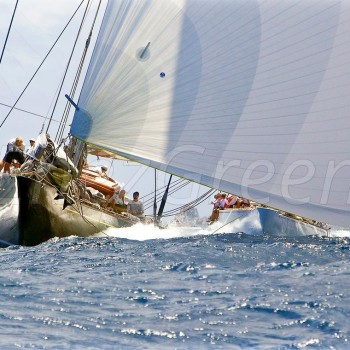
St. Barths Bucket Regatta
Date: March
The St. Barths Bucket Regatta (also known as St. Barts Race Week) is a three-day invitational regatta with 48 of the most impressive mega-yachts in the world. All yachts are at least 100ft long, including many classic wooden racing boats. You can view many of the participating boats in Gustavia harbor after 5 pm most days. Join the race and celebrate after each day with your crew with many sponsored events.
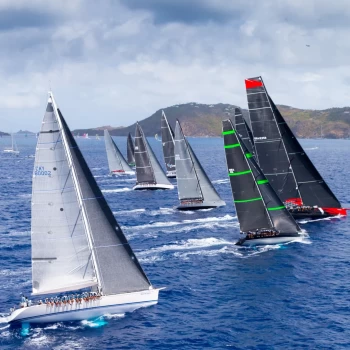
Les Voiles de St. Barth Regatta
Date: April
An essential stop on the Caribbean regatta circuit, the "Les Voiles de St. Barth" regatta will include over 70 boats, divided into six classes, from classic sloops to mega yachts. The results from each day's racing are posted in the events tent on the Quai in Gustavia, where you can also enjoy live music each night.
Attractions / Top Sights
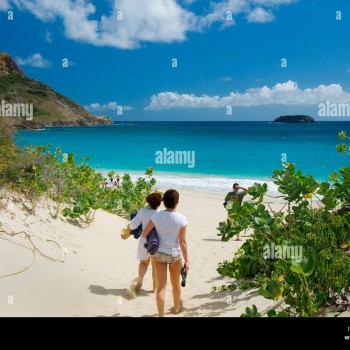
Saline Beach (Anse de Grande Saline)
When to visit: https://www.planetware.com/tourist-attractions/st-barts-stb.htm
Saline Beach is Located on the southern shore of the island between Gouverneur and Grand Fond; Saline is one of the best-untouched beaches, rich in history. Before arriving at the beach, you will pass by three restaurants and one boutique hotel, Saline Cottages. Each border is the salt pond that lies before the beach. The salt ponds were once used for salt harvesting to bring some income to the barren island. In 1972, the island decided to drop this effort and rely on tourism as its primary industry. The salt pond remained untouched and became a haven for wildlife and biodiversity. Drive past the salt pond and reach a tiny parking spot. A narrow, rocky path leads to a dune. As you make your way down the dune, you notice how long the white-sand beach is. Once you get to the dune's peak, you will be blind by a jaw-dropping view of the turquoise sea, sailboats and yachts, and the unspoiled and spectacular beach of Anse de Grande Saline. Rocky cliffs wrap the beach on each end, creating intimate coves for adventure seekers and snorkelers. Green rolling hills back the view to complete this glittering picturesque landscape.
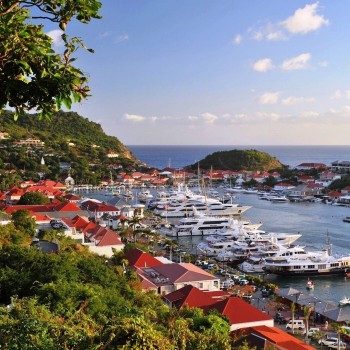
Gustavia
The island’s colonial history has painted its culture with a beautiful mix of distinctive elements encompassing French and Swedish style, sophistication, and flair. Such a past has colored everything from the architecture of its streets to the ambiance of its cafes and from the cuisine served all over the island to the language of its people. The idyllic setting means water activities are a large part of any activity menu, with such possibilities as catamaran sailing, surfing, diving, snorkeling, and much more. There is even the chance to explore the coral gardens and underwater world from the comfort of a semi-submersible. Sipping cocktails and feasting on the highest quality food is also a significant pastime at St. Bart’s. However, your decision is whether you choose to do this at a humble beach shack or a fine dining restaurant with an international reputation.
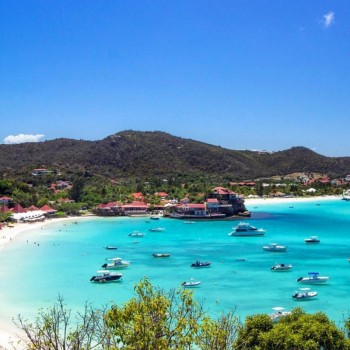
St. Jean
St. Jean Beach boasts a long stretch of warm, white sand and is bordered by shops, restaurants, and boutiques catering to all ages. Since this is one of the most popular beaches on the island, you will want to arrive early enough to grab a good spot. For those looking for a more peaceful area, look on the south side of Eden Rock, which separates the beach into two main sides. St. Jean Beach is great for water sports such as snorkeling and surfing (as the reef-protected waters are generally calm). There is also a sports complex where visitors can participate in soccer, archery, or tennis. It’s also the perfect spot for sunbathers or families looking to spend a day making sandcastles and splashing around in the warm water.
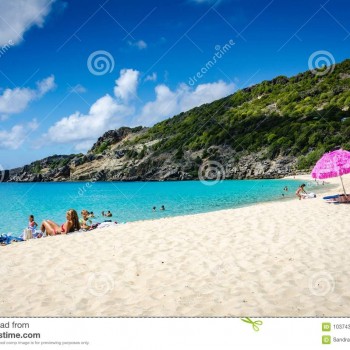
Gouverneur Beach
The beach in Gouverneur is one of the most beautiful on the island. With its perfect proportions, the beach is bordered by dense vegetation that gives it a romantic charm. Inspiring and relaxing, the beach is ideal for swimming, strolling, or sunbathing at any time of the day. Access is flat, and the parking lot next to the beach makes it easy to visit, even for a few minutes.
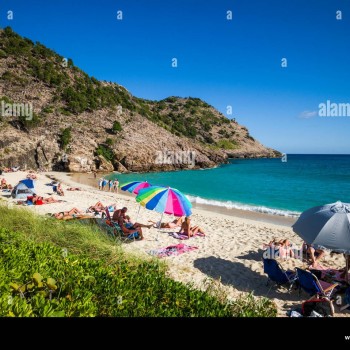
Flamands Beach
The beach in Flamands is one of the longest beaches in Saint Barth. Adorned with magnificent white sand, this beach is home to two of the island's most prestigious hotels, Taïwana and Cheval Blanc St-Barth Isle de France, at the southern end. A perfect beach for a long romantic walk or a chic lunch facing the endless view of the sea, while fans of kite flying practice their sport at the other end of the beach, which is popular with families.
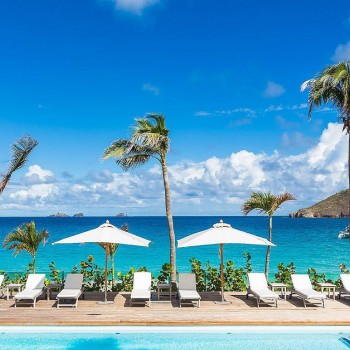
Lorient
The beach in Lorient is lovely for families, shaded by traditional sea grapes in the morning. The transparency of the water provides for long swims beyond the fishing boats anchored here and the exploration of underwater flora and fauna. It is ideal for swimming or beach games for kids, and the northern end of the beach has a series of small natural pools that allow even the youngest kids to splash in shallow water. A surf school is located on this beach; get out your boards!
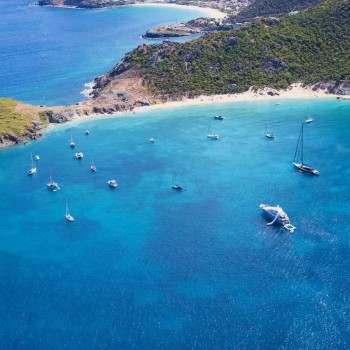
Colombier Beach
The beach of Colombier is one of the zones protected by the marine park of St Barthélemy, where the mooring of all boats is regulated. The protection of the bay and a ban on fishing allow for superb snorkeling with the assurance of seeing many reef fish, sea turtles, and starfish. The beach is accessible by foot via two different paths, starting from Colombier, the other from Flamands, where the hike is pleasant and accessible. Either route is a great way to discover the natural beauty of the island and one of the most beautiful beaches of St Barthélemy.
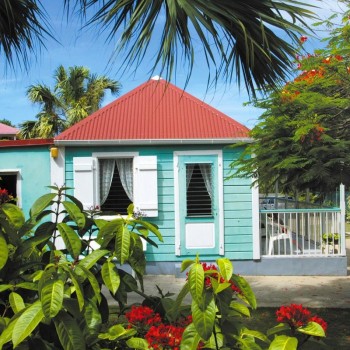
Corossol
Corossol, this small traditional fishing village, remains the stronghold of the last traces of straw crafts and local costumes. It is located a few kilometers north of Gustavia; this small fishing village has retained the soul of this pearl of the Antilles. Corossol still offers an idea of the traditional island way of life. At the heart of this charming bay with a brown sand beach, the small fishing port of Corossol feels like paradise. This is the only place where you can still find traditional boats, dories, and lobster pots waiting to be thrown in the water. The weaving of straw, a local craft tradition, is perpetuated in this village. Hats and other basketry and decorative accessories are also made with dried latan leaves. It is around the charming tiny colorful houses of Corossol that you can discover and visit the International Seashell Museum, opened by an enthusiast. A collection of more than 9,000 specimens collected from seas worldwide is gathered there.
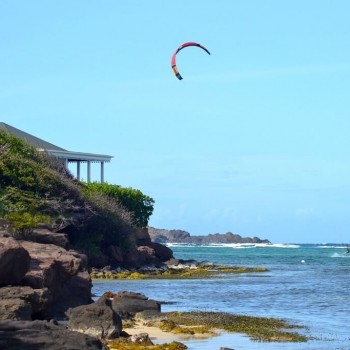
Kitesurfing at Grand Cul de Sac Beach
Grand Cul de Sac Beach is renowned worldwide as a premier kite surfing destination. The lagoon is shallow, the coral reef stops the waves, and north-eastern exposure to the trade winds makes it a kite surfer’s dream. A trip outside the barrier reef into the open ocean is an experience to remember for the more advanced.
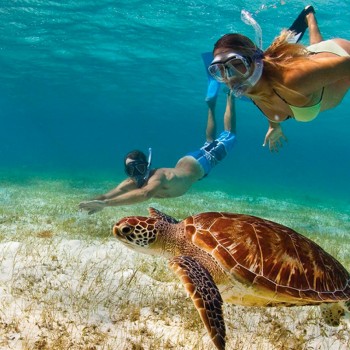
Snorkeling and Diving the Nature Reserve of Saint-Barthélemy
Nature Reserve of Saint-Barthélemy is a marine reserve divided into five separate zones around the island to preserve the fragile marine ecosystems. Many of the island's best dive sites lie within the reserve's boundaries, marked by white buoys. Divers and snorkelers may see turtles, spotted eagle rays, reef sharks, and many colorful varieties of coral. Kayali is a superb 30-meter deep wreck dive, where you can spot a lobster and conch and can spot vast schools of tropical fish. The reserve's high protection areas prohibited diving and all forms of fishing.















